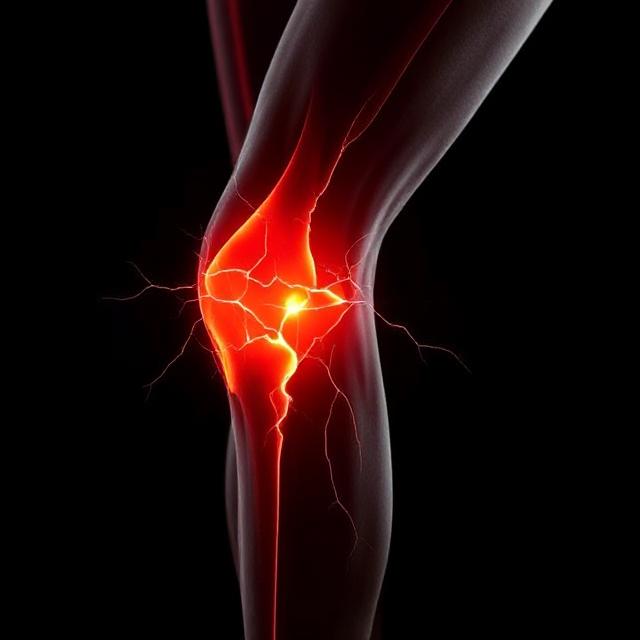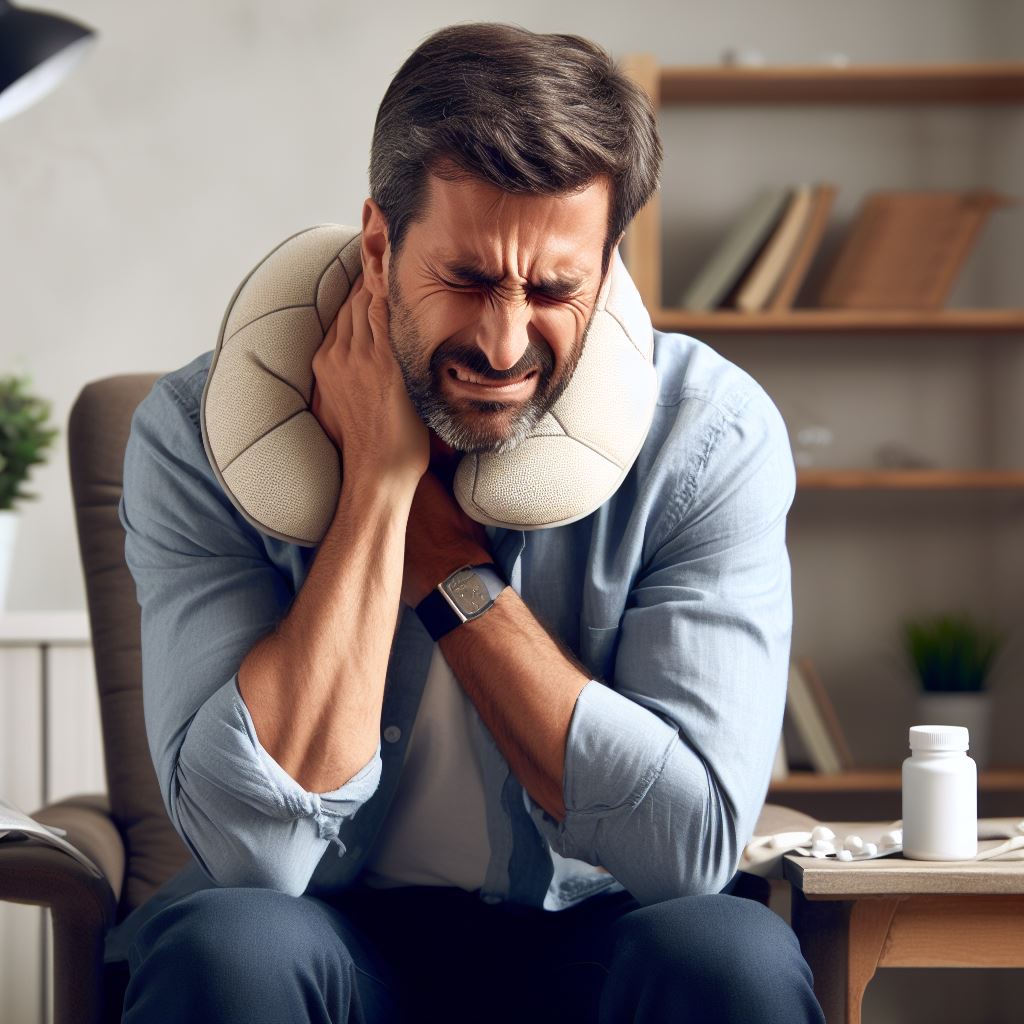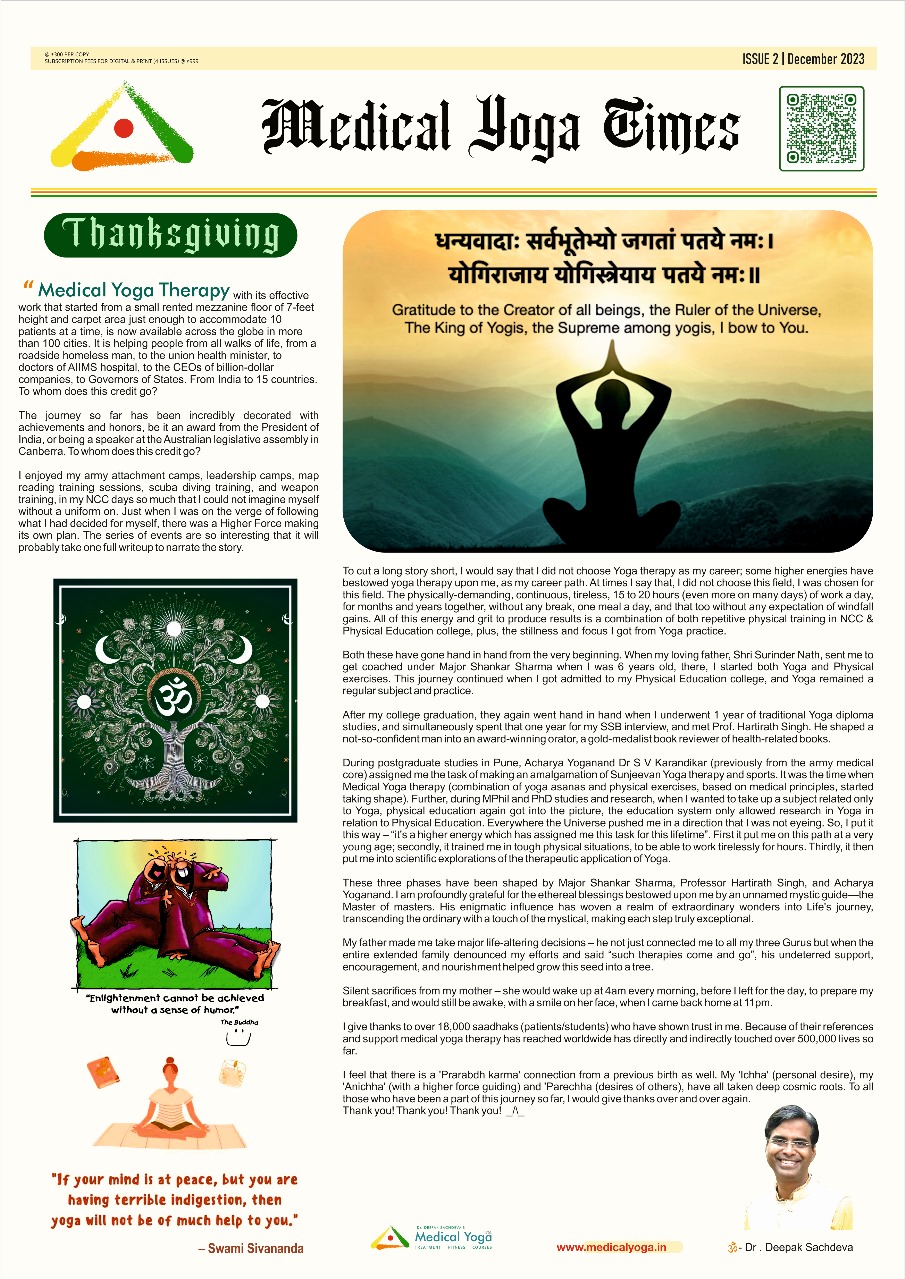Crackling Sound in the Knee

Crackling Sound in the Knee
Why does cracking sound occur in the knee?
The cracking sound in the knee often occurs when the joint is stretched or moved beyond its normal range, similar to how knuckles or toes crack. Inside the knee, there are gas bubbles in the synovial fluid, and when the joint is moved or stretched, the pressure changes, causing these bubbles to burst, producing a cracking sound. In addition to this, the cracking sound can also result from soft tissues, such as tendons or ligaments, rubbing against each other or against a bone at a certain angle, especially in the knee or ankle. If the cracking sound happens frequently, it may indicate joint degeneration or stiffness in the soft tissues. In such cases, the knee's flexibility and range of motion may be compromised.
Is this cracking sound in the knee of high concern?
In many cases, a cracking sound is not an immediate cause for concern, especially if there is no pain or discomfort. It often occurs when there is dryness in the joint tissues, and while it may not pose a problem at the present moment, it could potentially lead to issues in the future if left unaddressed. However, if the cracking sound is accompanied by pain —especially after physical activity like running, or after a fall— it is important to seek medical attention right away. On the other hand, if you experience the sound while simply sitting or during light activities, it could signal that degeneration is taking place in the joint, and this may require intervention to prevent further damage.
When is knee surgery necessary?
Knee surgery may become unavoidable if you are unable to perform basic tasks, such as standing up or walking a short distance, due to severe pain or instability. This often indicates joint damage, where the cushioning cartilage in the knee is severely worn down. X-ray results can help assess the severity of the damage. If there is still space between the bones, it suggests the condition is in the early stages (Grade 1 or 2), and recovery is possible with treatments. In Grade 3, there may be a 50:50 chance of avoiding surgery, with the right treatment. For those with Grade 4 knee damage, surgery is typically the only option, though it may be possible to delay it with proper management and lifestyle changes. Early intervention and preventative measures can significantly improve outcomes, even in more advanced stages.
How to avoid knee surgery | Key steps for recovery
To avoid knee surgery, the focus should be on strengthening the muscles around the knee, reducing tendon stiffness, and restoring the natural alignment of the joint. Techniques such as traction can help realign the knee, which reduces friction and, in turn, alleviates pain. The goal is to slow or stop the degeneration of the joint, and consistent efforts in these areas can make a significant difference.
Equally important is proper nutrition. Without the right nutrients —especially phytonutrients that help repair soft tissues and reduce inflammation— recovery is unlikely. These essential nutrients must reach the bloodstream to support healing. However, no matter how optimal your diet or sleep habits are, if the knee alignment remains off, recovery will be hindered.
For effective results, it is crucial to work on both joint alignment and nutrition, while also taking precautions to prevent further damage. By addressing all these factors together, you can significantly reduce the need for surgery and improve your long-term knee health.
General tips to prevent knee degeneration
Knee degeneration is often caused by a combination of overuse, underuse, and misuse. Here is how to address each factor:
Underuse can be easily corrected by incorporating regular exercise, such as walking, yoga, or strength training. Even simple, low-impact activities can help keep the knee joint flexible and strong.
Misuse occurs when people, thinking they lack strength, attempt high-impact exercises like squats or lunges without proper guidance. It is crucial to follow a medical or therapeutic sequence tailored to the condition of your knees, rather than pushing beyond your limits. Similarly, habits like sitting for long hours, especially in a cross-legged position, or improper posture while driving can also stress the knee.
Overuse happens when the knees are subjected to excessive strain, say, due to long walks, standing for too long, or overdoing physical exercise. This continuous wear and tear can accelerate the onset of osteoarthritis, a leading cause of knee pain.
Article by
Ramya Siddamsetty
yogawithramya@gmail.com




